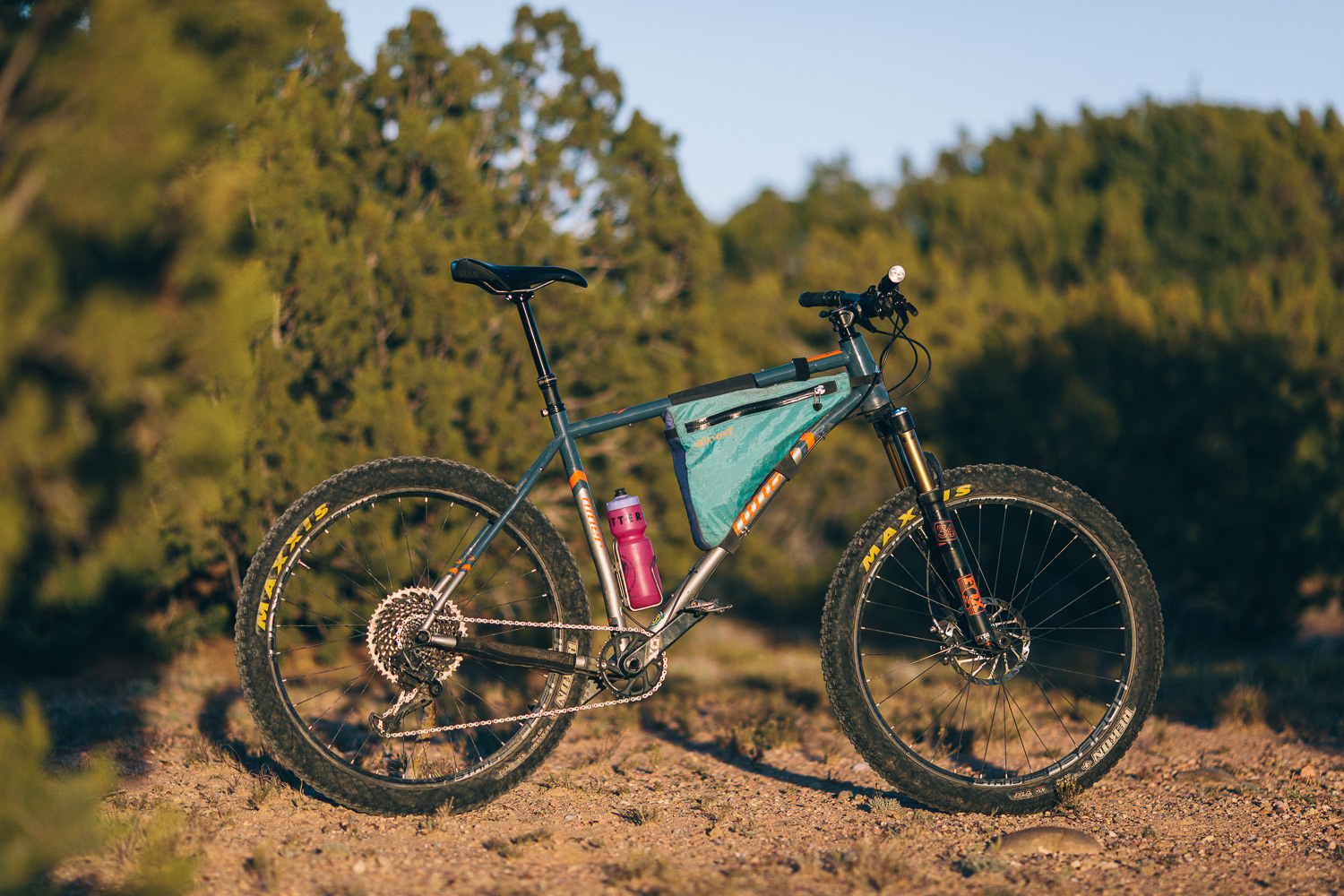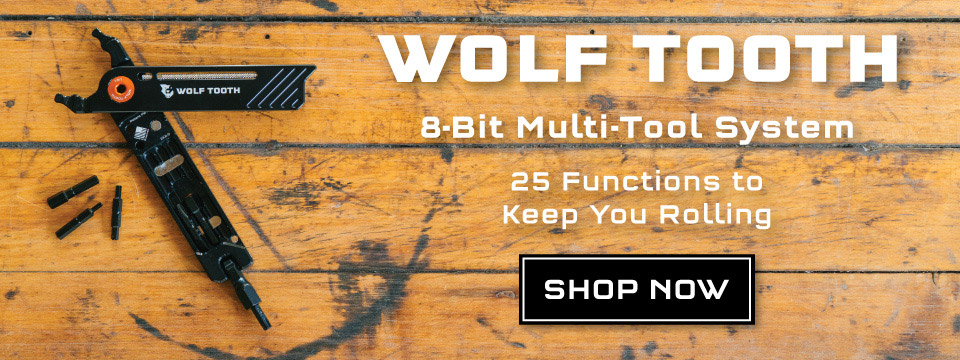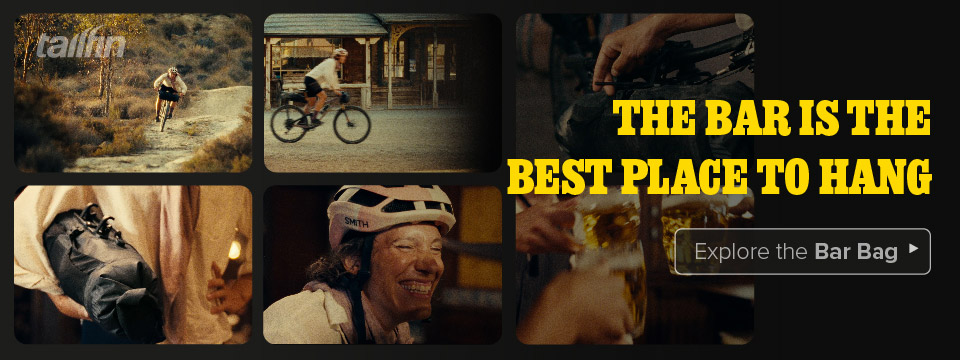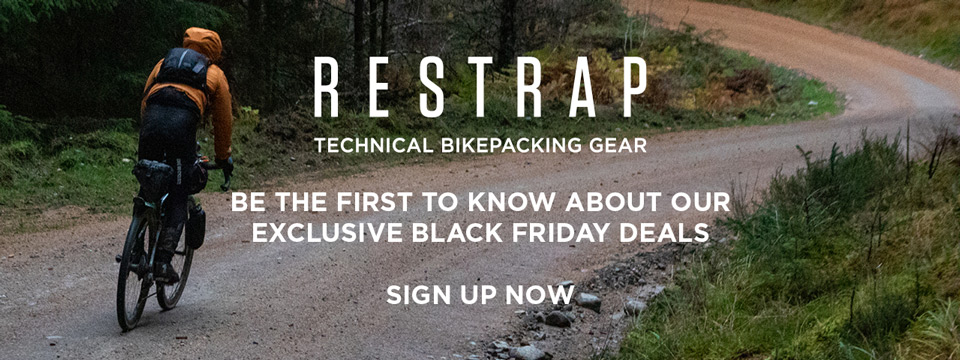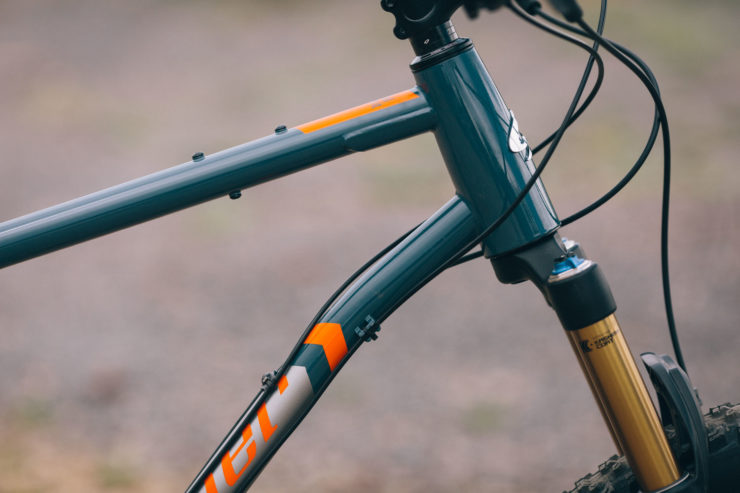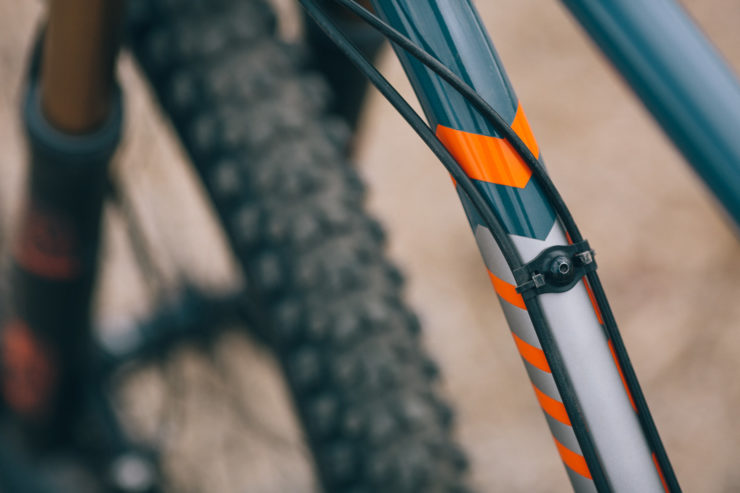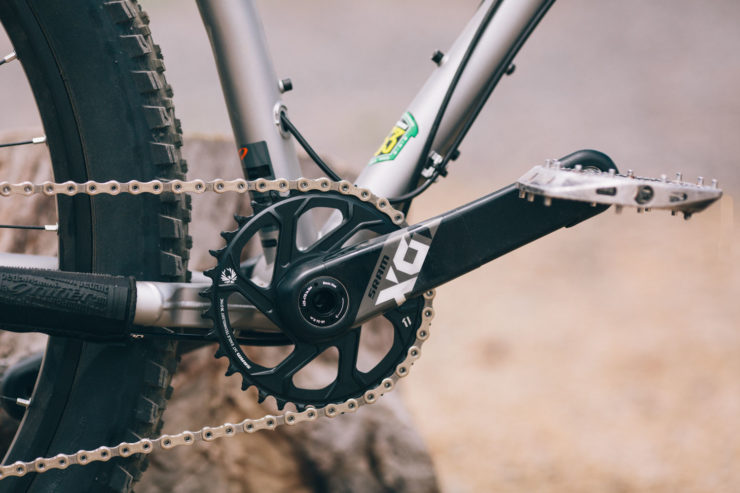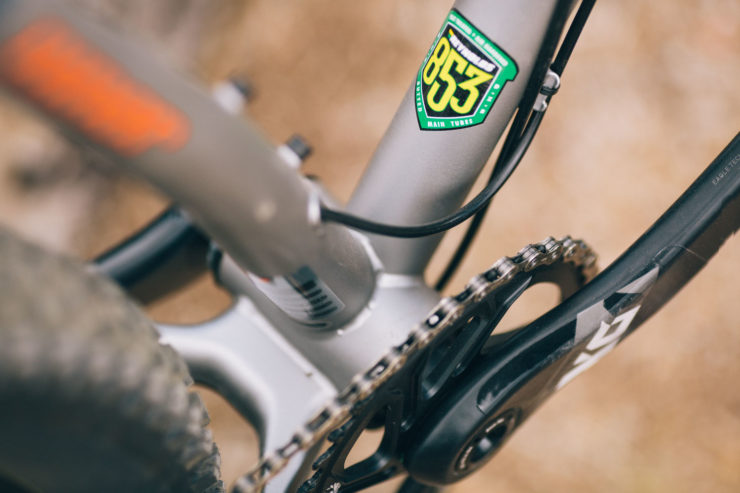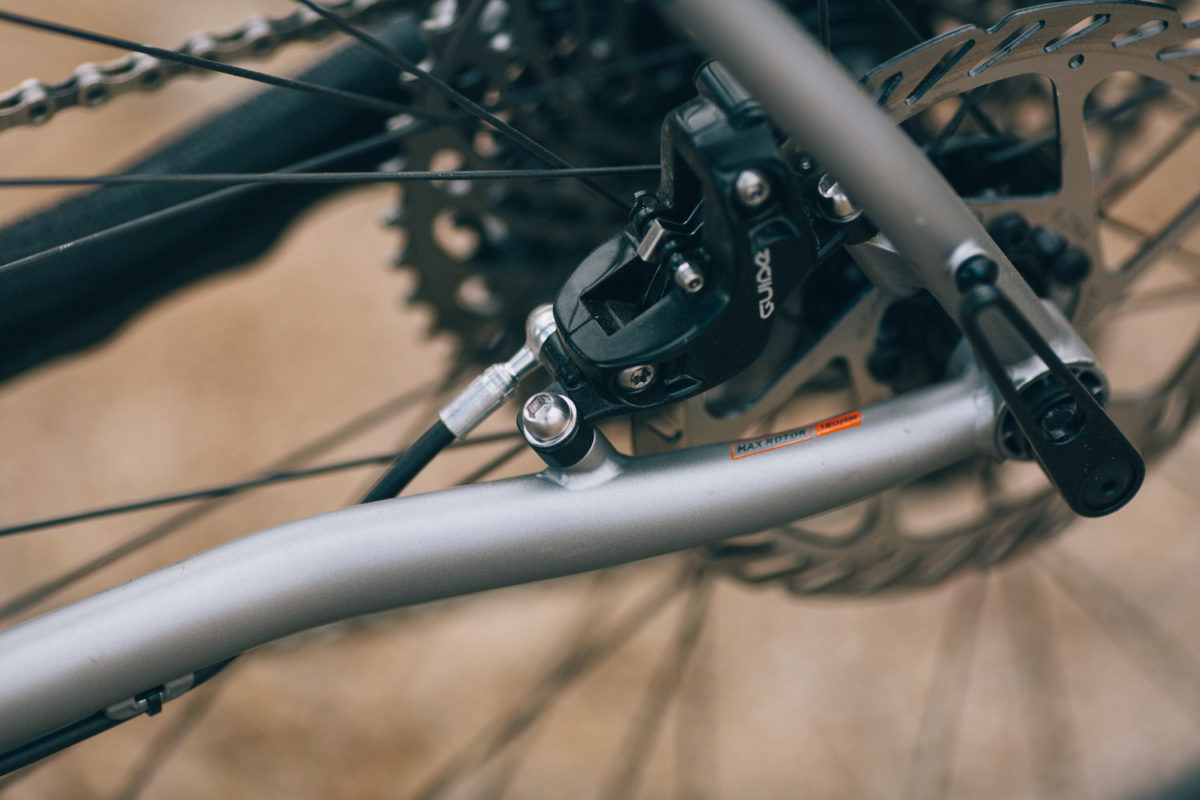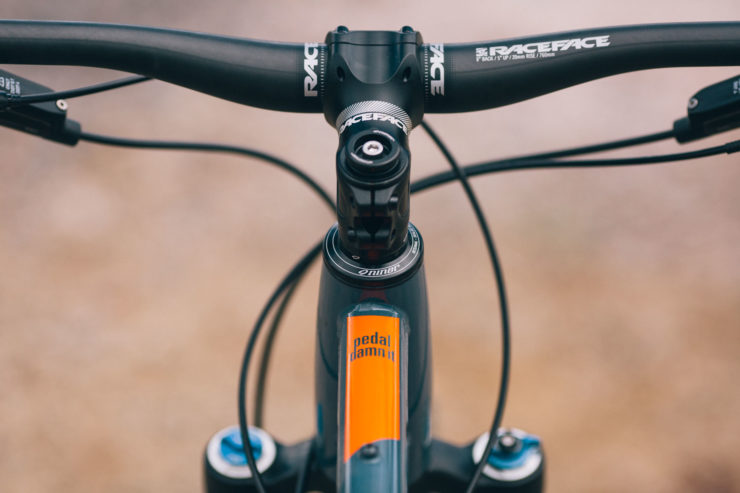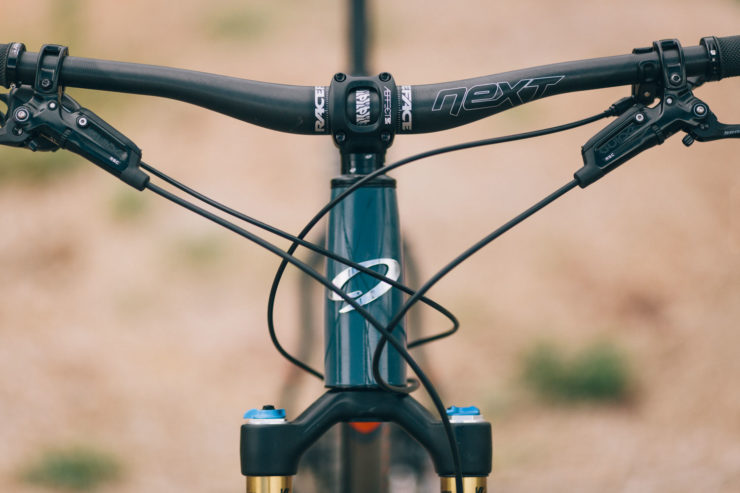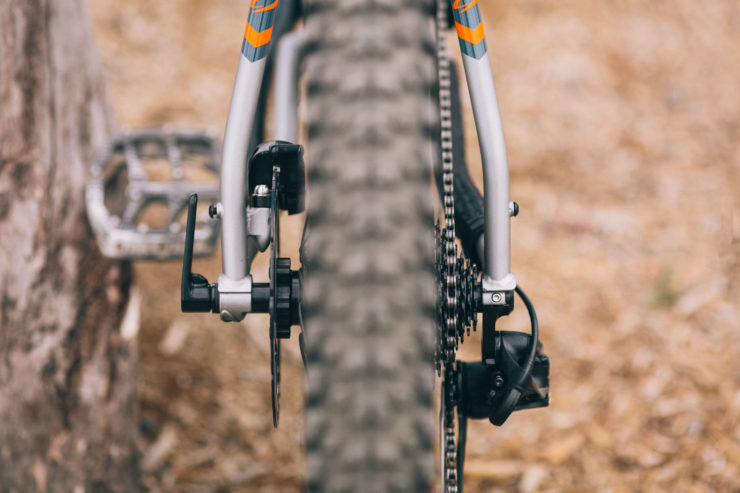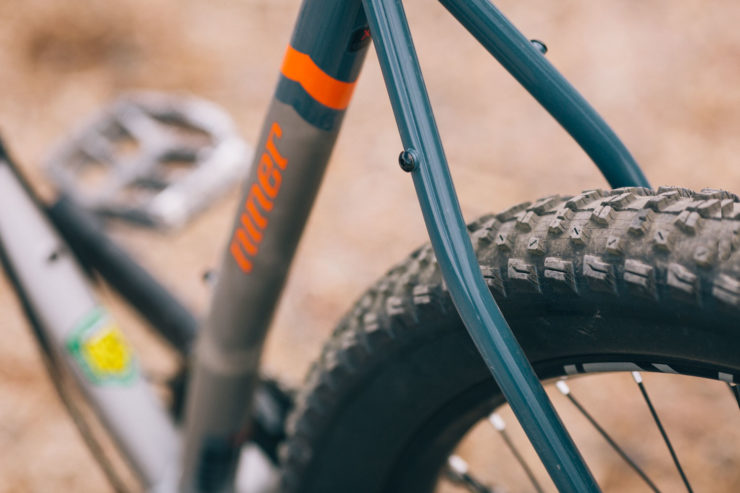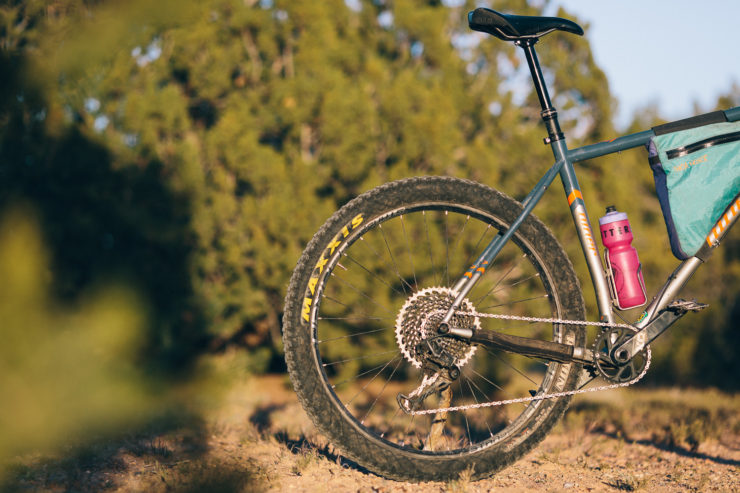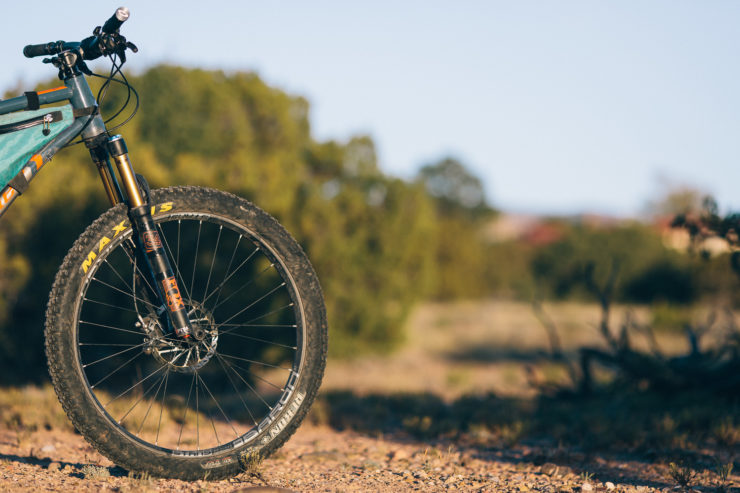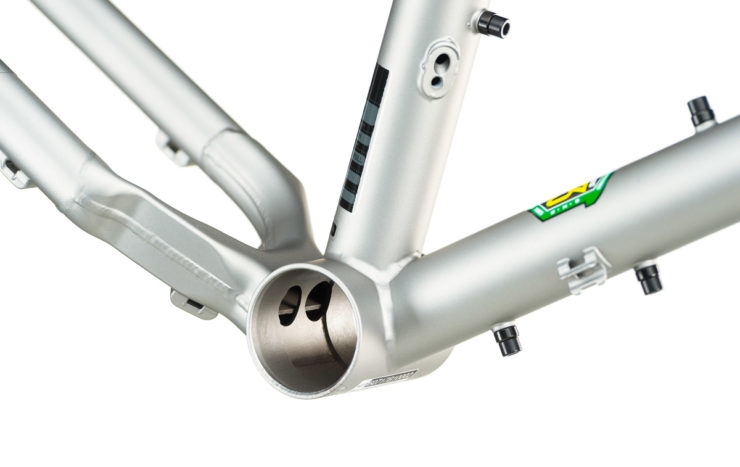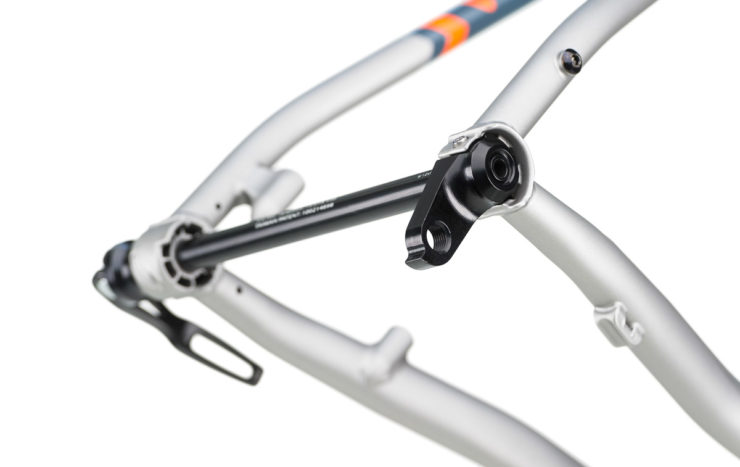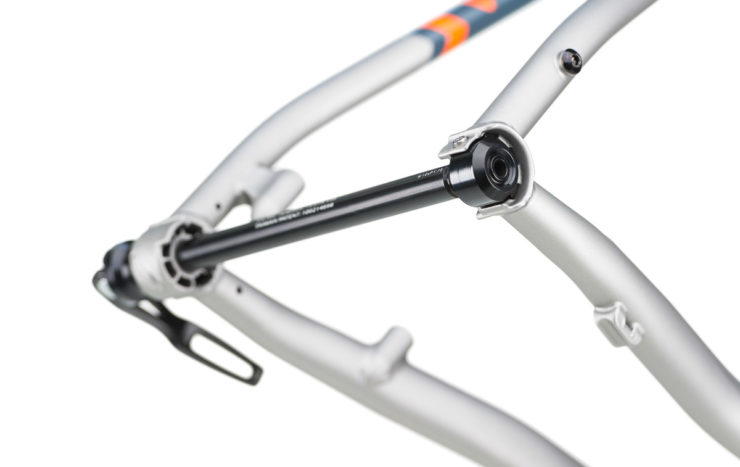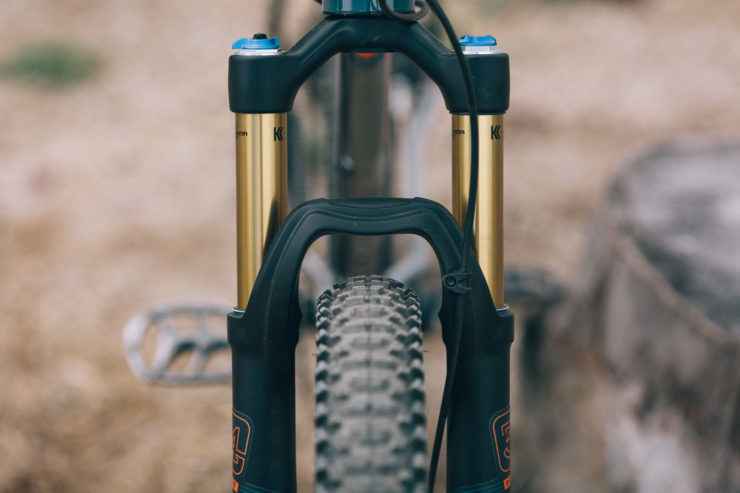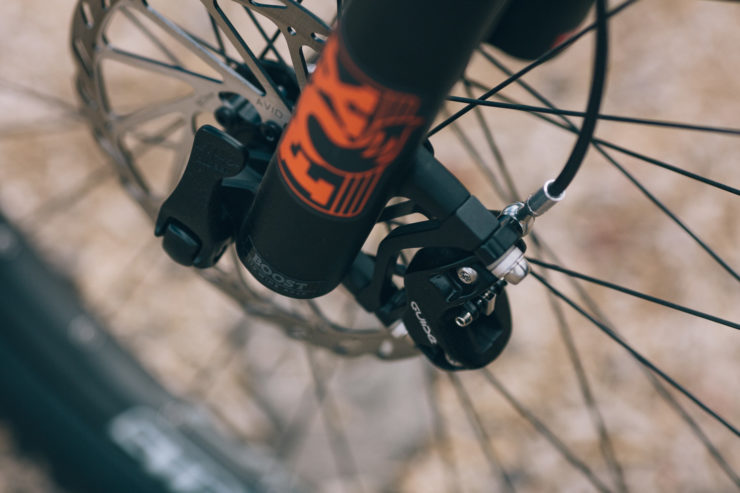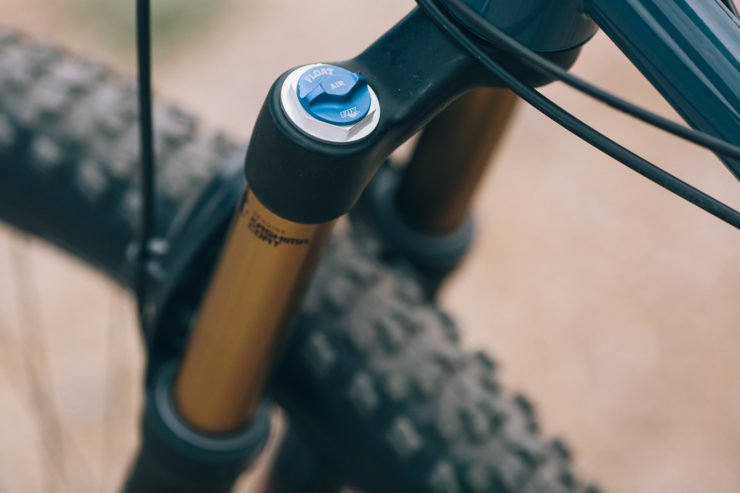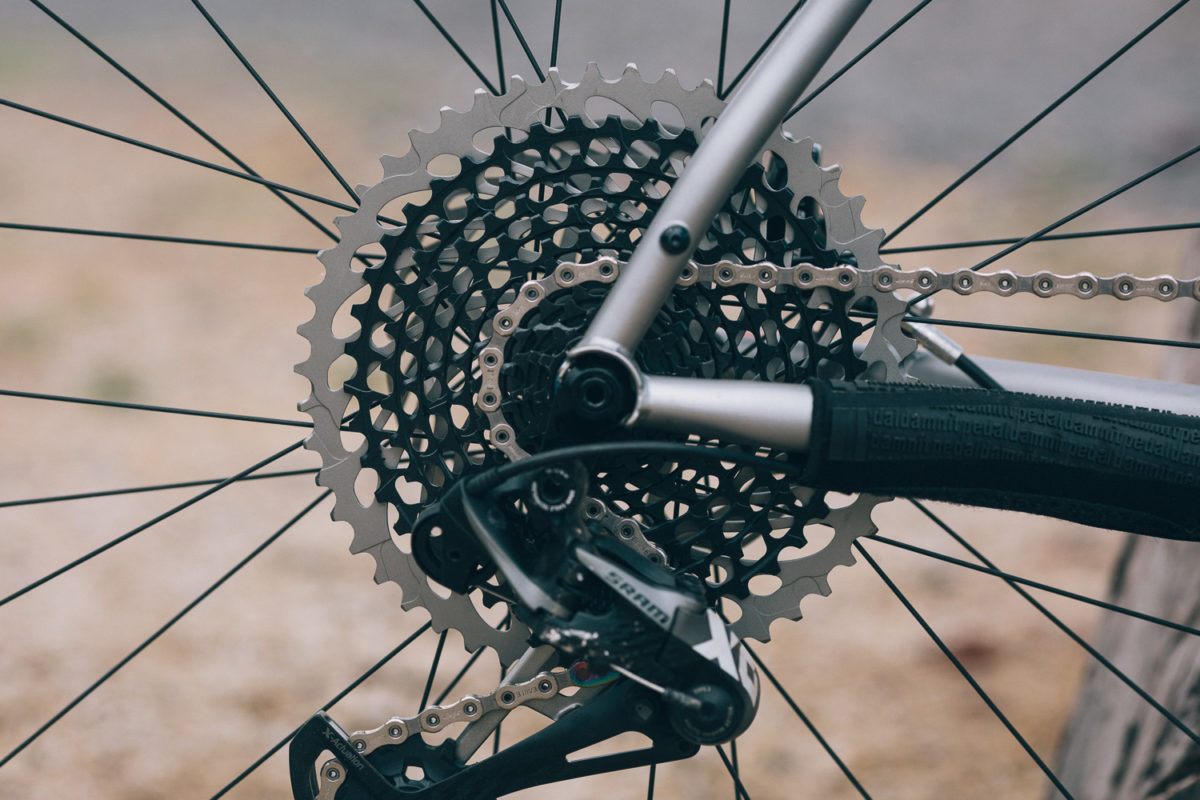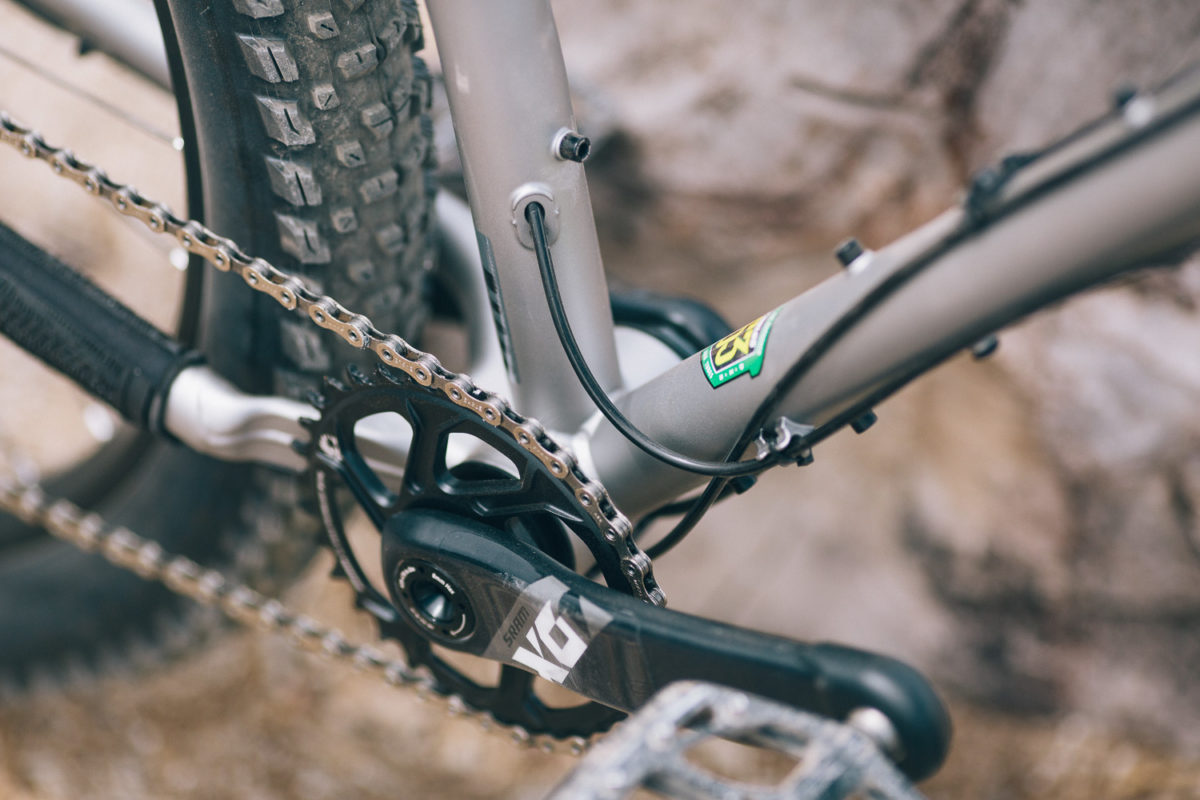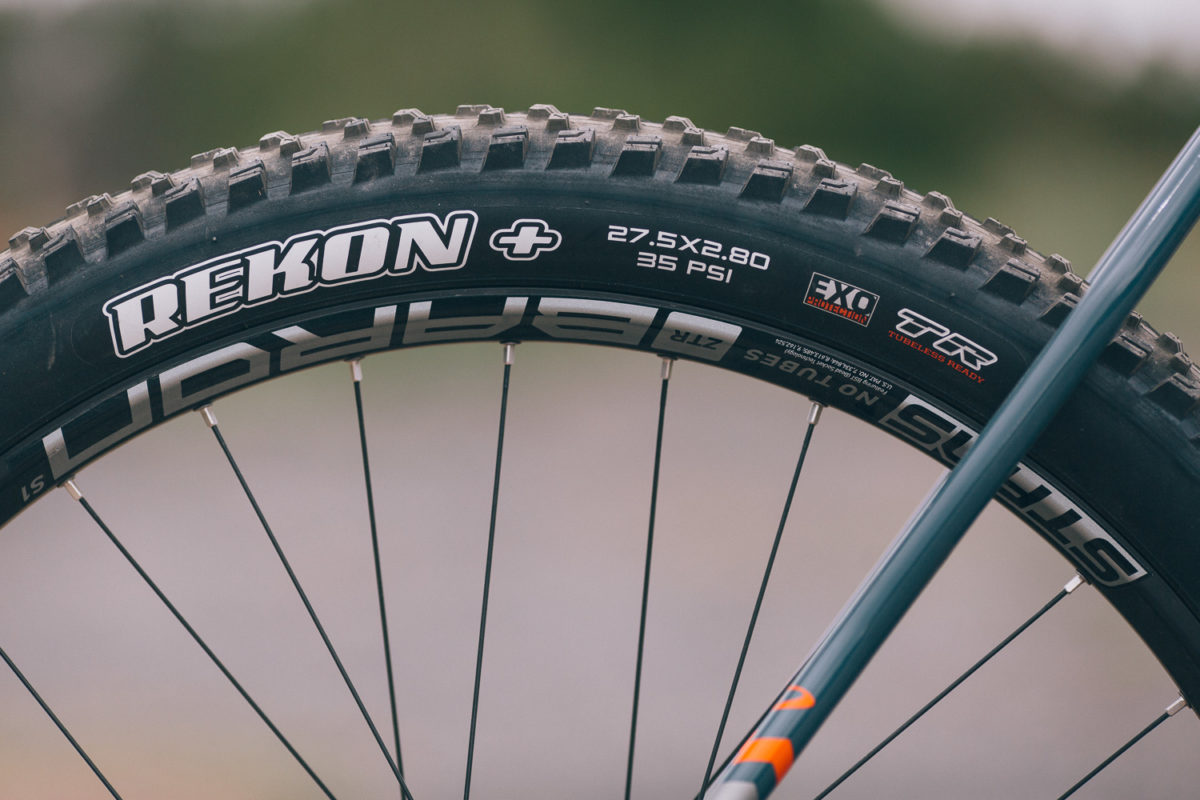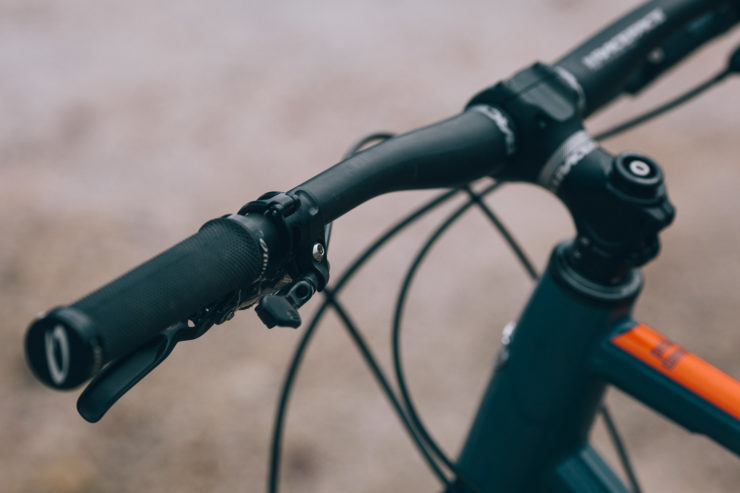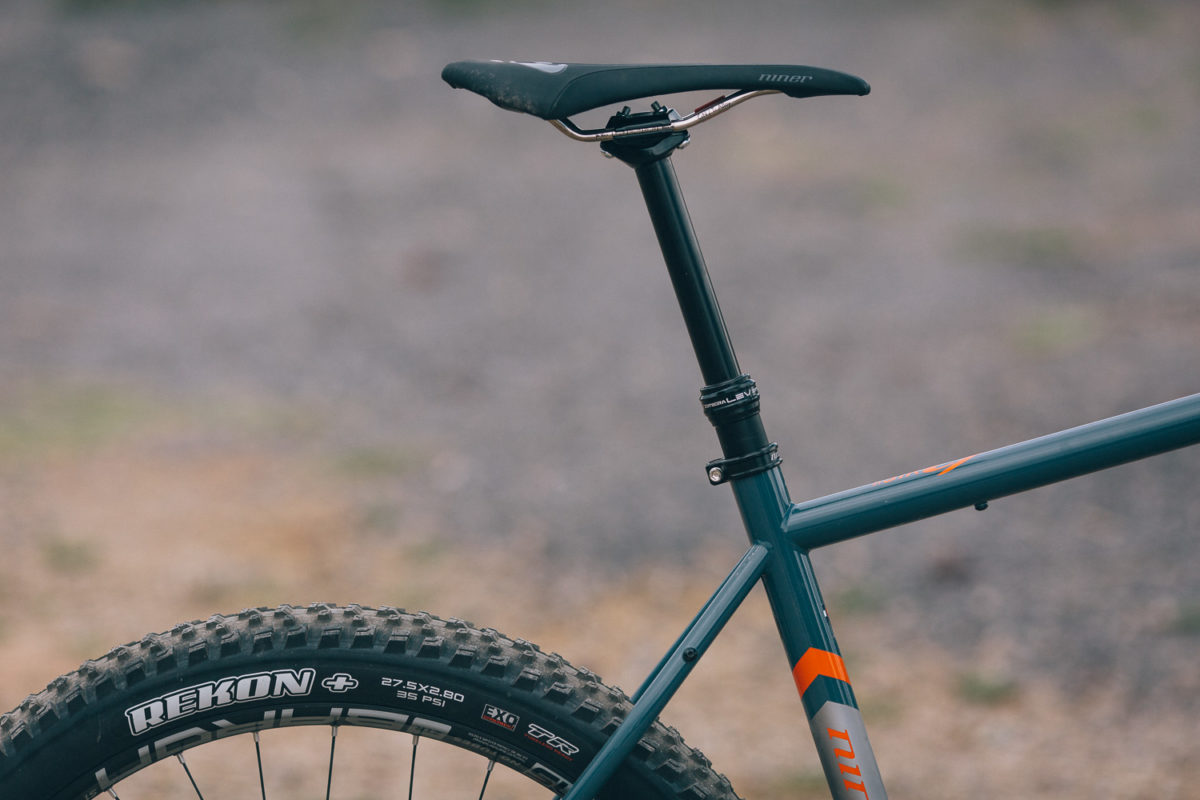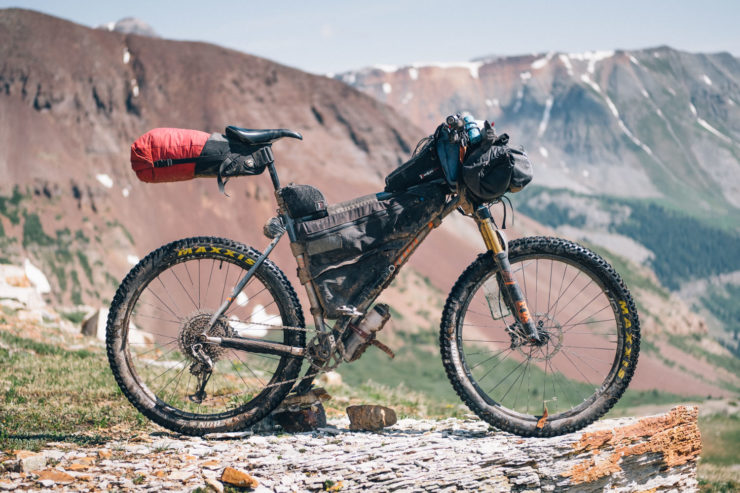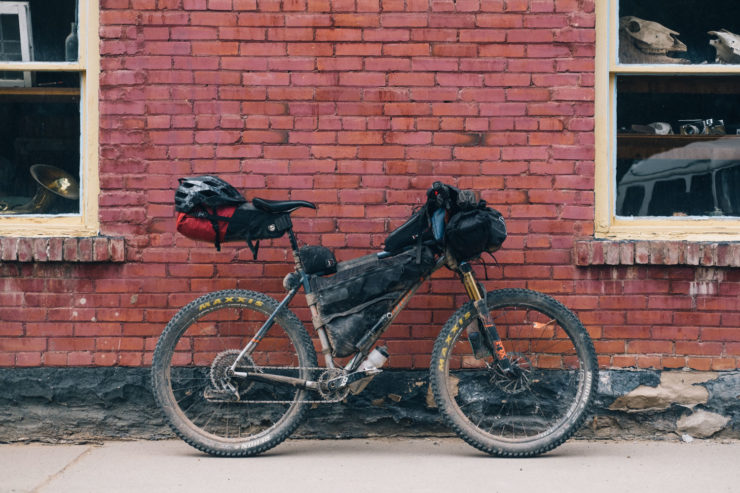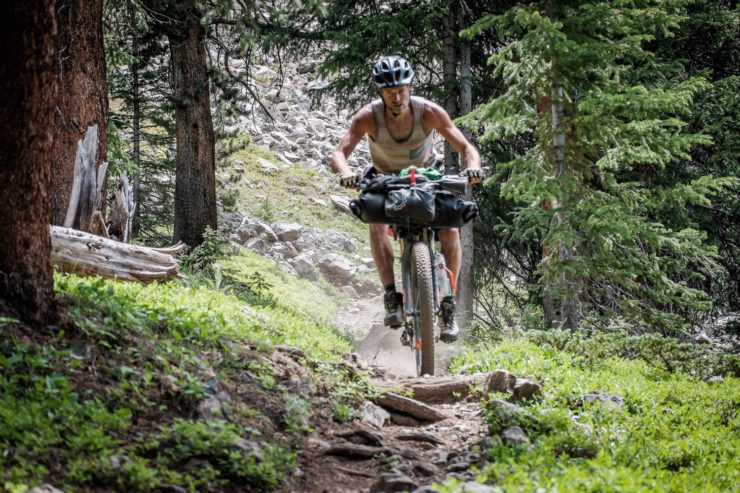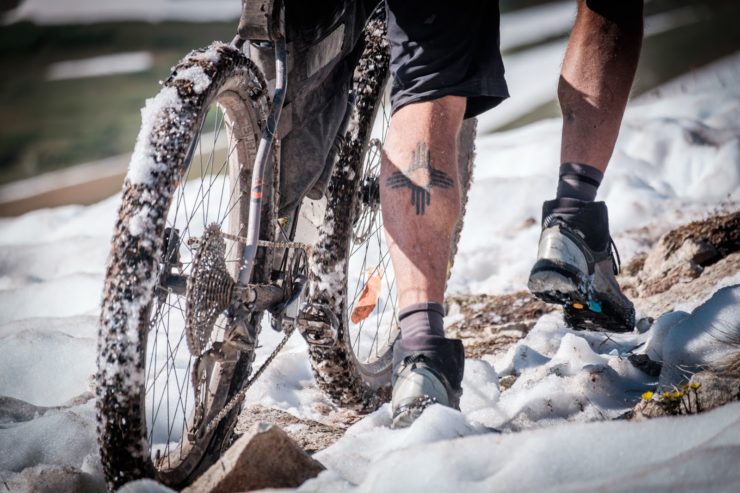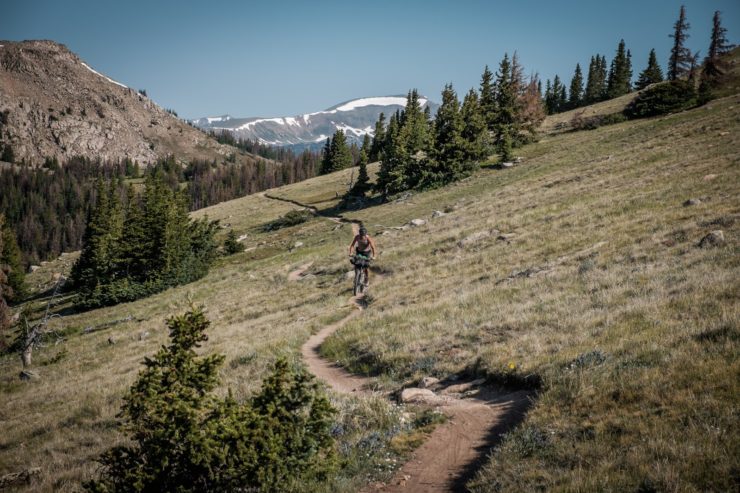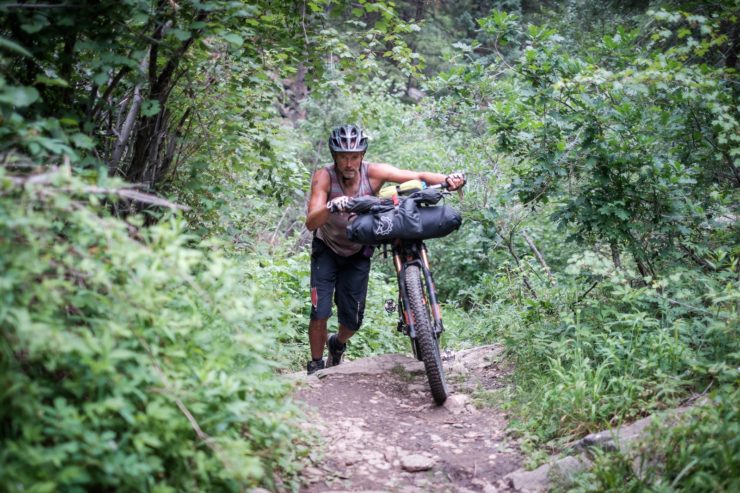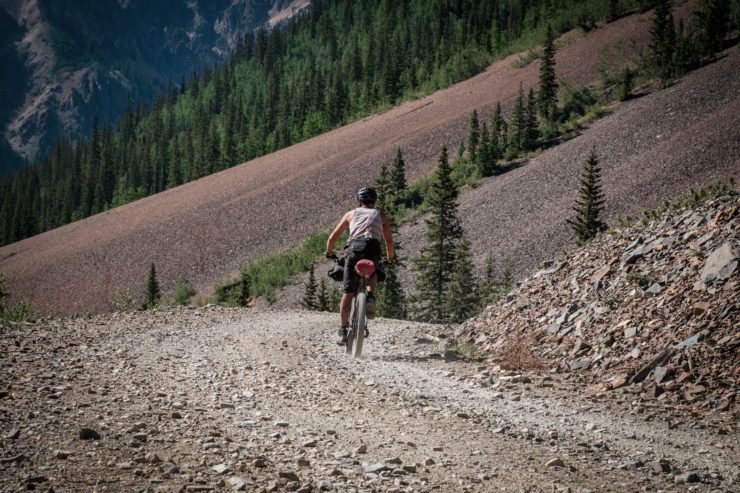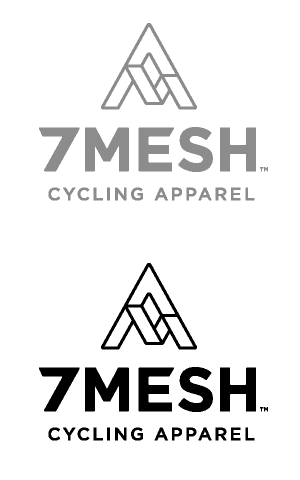Niner SIR 9 Review: Tested On The Colorado Trail
Niner’s latest SIR 9 is the company’s third iteration on their cult classic hardtail. For 2017, it retains the high-end Reynolds 853 tubeset for which the bike is known, infusing its new frame with an up-to-the-minute geometry, all the latest industry standards, clearances for 27.5+ tires, and a host of bikepacking-friendly braze-ons. Given that the company is based in Colorado… it only seemed fitting to it out on the technically demanding and physically challenging Colorado Trail.
PUBLISHED Oct 25, 2017
I have to admit: it’s been some time since I’ve ridden a bike with front suspension. In the interim, the remarkable capabilities of simple, affordable, fully rigid plus-tired bikes have stolen my heart.
But for riding the Colorado Trail this summer, I decided that the length of the ride and the demands of Colorado’s formidable terrain warranted a venture back into the folds of suspension, as did riding a bike that embraced the latest standards within the biking industry. Some habits die out hard though… namely, my love of steel frames. So when Niner updated their SIR 9 hardtail, it seemed like a natural fit for the route.
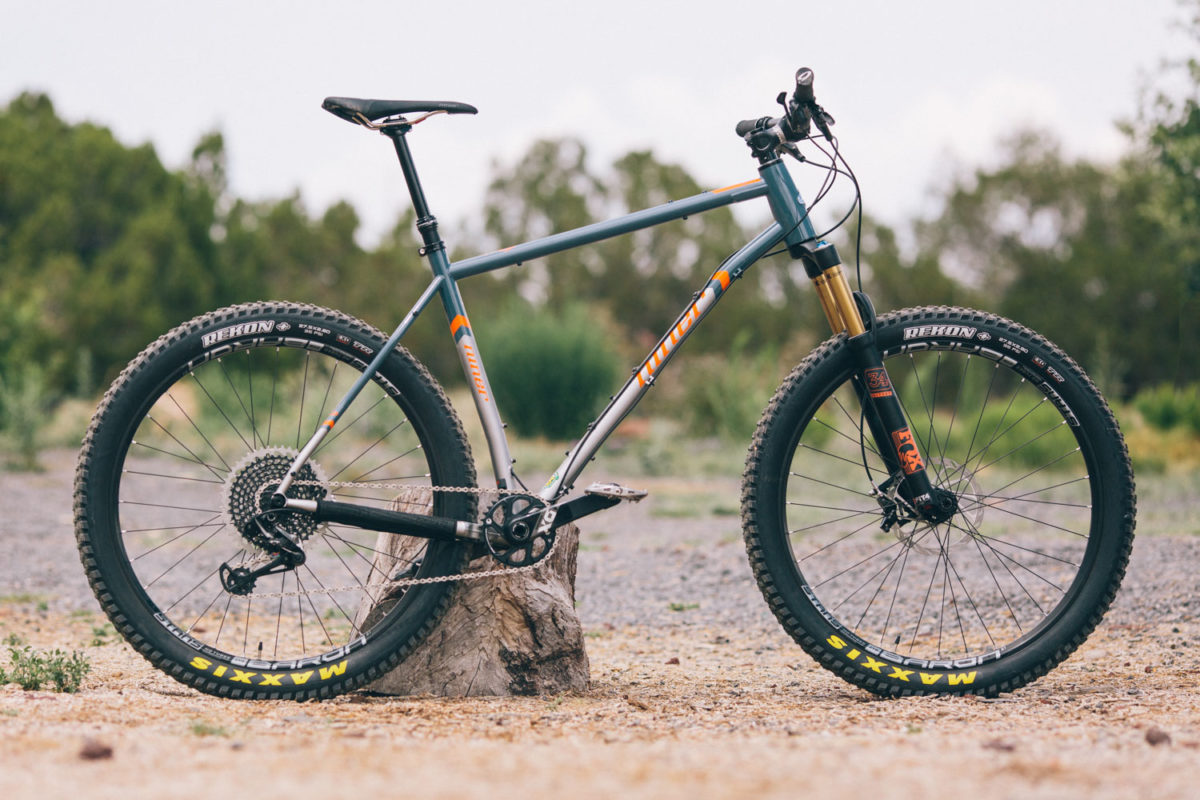
- Highlights
- Frame: Reynolds 853
- Fork: Fox Float 34, 120mm
- Head angle/seat angle: 68/74 degrees
- Chainstay length: 427mm
- Bottom Bracket: SRAM Press Fit 30
- Hub specs: 148X12mm (rear); 100x15mm (front)
- Max tire: 29×2.4″ or 27.5×3″
- Frame weight: 5.8lbs (inc maxle and bolts)
- Price: $4,950 (SRAM XO1 Eagle)
The original SIR was something of a cult classic. Last revamped in 2013, this latest version, built around a 120mm travel fork, aims to keep the ingredients everyone loved – its high-end Reynolds 853, heat treated, air hardened tubing – while updating it with a modern trail geometry, the latest industry standards, and all the gubbins you could desire for your bikepacking needs.
What’s more, the SIR is available in a range of builds to meet different price points and wheel preferences, be it ultra grippy 27.5 plus rubber or its slightly lighter 29in counterpart. Prices range from $2300 to $5950, as well as a $1200 frame only option. I was fortunate enough to be sent the 4 Star build, the second highest of 5 tiers. Ringing in at $4950, the SIR 9 I rode positively dripped with high-end components, including a SRAM X01 Eagle drivetrain, a Fox 34 Float fork, Race Face carbon bars, Stans NoTubes Baron rims, and in the case of my test bike, 27.5×2.8 Maxxis Reckons.
Importantly, the frame has seen a complete geometry revamp, reflecting the trend for longer, lower and slacker rigs; its 68 degree head angle, 74 degree seat angle, and compact 427mm chainstays amount to what’s considered to be a very trail-orientated geometry, designed to excel on steep, techy singletrack.
Elsewhere, its curvy, manipulated tubeset teams a classically slim front and rear triangle to an oversized headtube. Seatstays are especially elegant and there’s no seat stay bridge, presumably to add some compliance. Hub spacing is Boost front and rear, and there’s internal cabling for a 30.9mm dropper post. Those who appreciate bikes that offers more rather than less will be pleased to note that the latest SIR 9 includes a veritable bevvy of braze-ons – enough, in fact, to cater for a framebag that won’t scuff the paint, a bottle under the downtube, a gas tank on the top tube, and somewhat surprisingly for a trail bike, even a rear rack. UPDATE: Niner collaborated with Defiant Pack to release a bolt-on frame bag; read the news release here. Given those ultra slim seatstays, I’d recommend a light rear load as more suited to the SIR 9 than an everything-but-the-kitchen-sink approach to bike touring – think Tubus Vega with a couple of micro panniers. Clearances are drawn for 29×2.4in tires, so you won’t be able to fit the new 2.6in offerings that are gaining in popularity. But there’s ample room 27.5+ wheels – mine came with 27.5×2.8in Maxxis Reckons on versatile 35mm (internal) Stans NoTubes Baron rims, leaving plenty of space for 3in rubber or muddy conditions. Although the graphics aren’t my favourite, there’s no doubt that the SIR 9 is an extremely well-finished and thoughtfully considered frame, which goes a long way to justifying its spendy $1200 price tag, for a Taiwanese-made frame at least.
The choice of a PF30 press fit bottom shell is likely to be more contentious. On the one hand, these oversized BB shells offer a stiffer crank interface and a larger surface area for welding than traditional ones, making the frame building process easier, stronger and more affordable. Similarly, SIR features hollow yoke that is welded from two forged halves, again designed to increase strength, welding surface area, and tire clearance. On the downside, a press fit shell also means you’ll need very specialized tools to replace your bottom bracket. This is unlikely to a major issue for those combining typical weekend trail riding with occasional week-long bikepacking jaunts. But for anyone planning adventures overseas, it’s unlikely to sit comfortably in the back of their minds.
Thankfully, there’s a silver lining. Niner also offers an eccentric insert, the Niner BioCentric 30, which has an excellent reputation. Aside from allowing the frame to run a dedicated singlespeed setup, this means you can install an easily sourced, threaded bottom bracket. An eccentric bottom bracket also opens up options to fine-tune its height, depending on both your riding style and the wheel size and tire diameter you’re running. Typically, a 27.5+ tire will drop the bottom bracket height by 5-10mm, depending on the tire profile. To compensate for this, the BioCentric insert can be rotated to its uppermost position, bringing the effective height back up (the eccentric insert has an offset of 8.5mm from centre, meaning there’s a 17mm difference from the lowest to the highest points, with a full range of adjustment between). And even if you’re not a singlespeed demon, an eccentric bottom bracket allows you to tension your chain, should you tear off your derailler in the backcountry. All this said, none of the current lineup of SIR 9s feature the eccentric insert as an off-the-shelf option, so you’ll need to invest in both it (at $89) and a new crankset should this avenue appeal.
So how do all these numbers and frame details translate, out on the trail? Given its 65,000 feet (20,000 metres) of altitude gain, the CT demands a bike that’s as capable winching up a pass as it is barreling down a mountain. Previously, I’ve found slack headtubes and short chainstays make for a bike that climbs awkwardly, the front tire tending to pop up on steep trails. The SIR 9 didn’t seem to suffer from this trait, thanks perhaps to a combination of its long top tube (shifting weight to the front centre, ie further forwards between the BB and the front hub), the suppleness of its Fox fork, and its grippy 27.5+ tires, as well as the extra stability afforded by running a bikepacking load. In any case, I rarely found the front end wandered. Instead, with the right body English, I cleaned a good number of the steep, rooty, and rocky climbs that mine the CT, many of which I’d have expected to have got the better of me.
The 550-mile (885km) Colorado Trail is also laced with relentlessly rocky, slabby, almost unending descents. The SIR 9’s slack headtube and long travel fork gave me incredible confidence to really let loose and enjoy every aspect of this truly epic ride. Sure, I could have ridden it with a rigid fork and a plus-sized tire, but I’ve no doubt I’d have needed to pick my way down more cautiously, and my body would have taken quite a beating in the process. Given that I’m used to riding relatively heavy bikes, being at the helm of such a light rig definitely had its perks, both in the way it kicked up to speed and – especially for a ride like the CT – how much easier it was to push and shoulder. The net result was that I felt fresher at the end of every day.
The SIR 9’s comfortable and relatively lightweight steel frame is complemented by some choice components, like Sram’s carbon XO1 Eagle cranks and Race Face handlebars. To achieve the balance of low gears I hanker for, I’m normally used to running a double chainring or a Rohloff. I’ve not tried the Eagle drivetrain before and I have to admit that I was completely won over. For the first time, I could truly see the merits of a 1x drivetrain for all my bikepacking needs. The test bike came with a 34T front chainring (note that the current spec has been updated to a 32T alternative) mated to Eagle’s gargantuan 10-50T rear cassette. I found this range to be spot on for the route, be it steep, technical climbs or fast pavement stints, with enough of a bailout for exhausted afternoon legs. The single chainring drivetrain kept shifting quick, simple and straightforward, which proved especially welcome for my trail-frazzled brain at the end of the day. On the downside, its 12-speed drivetrain felt a little fiddly to set up and sensitive to cable stretch. Perhaps reflecting its race-orientated roots, I also managed to completely sheer one of the jockey wheels after accidentally clipping a rock on a climb. Thankfully, one of the members of our group was carrying a spare, or it would have been a long walk out…
Wheel and tire choice proved perfect. On paper, I imagined 3in tires and 45mm rims would suit me better. In practice, the 2.8in Maxxis Reckon tires, 35mm Stan’s NoTubes Baron rims, and Fox Float fork combo never left me wanting, providing all the grip, comfort and trail prowess that I could hope for. Conveniently, the SIR 9’s wheelset is set up tubeless straight out of the box, with an especially good interface between the tire and rim bead. I did manage to ding one of the rims, but the seal held strong. Fox’s Float 34 performed flawlessly; it features the fancy Kashima coating and a lockout, handy when riding pavement. On the trail with a bikepacking load, it proved so precise, plush and smooth that I rarely needed to engage the full travel option on its 3 position dial. The bike also comes complete with a KS Lev Integra dropper post that uses a floating piston hydraulic design, of which I’ve heard mixed long-term reviews. Although I’m not convinced that a dropper is an absolute necessity for long distance bikepacking – in some ways, the worry of a failure outweighs its benefits over a tough route like the Colorado Trail – I didn’t have any issues with it during the course of the ride. And I’m certainly not denying it wasn’t fun to use, imbuing me with bonus confidence down the CT’s steeper and more technical shutes.
In terms of tweaking the stock build, I fitted my favourite WTB Pure saddle and a Hunter Smooth Move High Rise handlebars. Although the SIR’s headtube length is on the generous side, I found the fork steerer tube to be cut a touch too short for my liking on my test bike; this shouldn’t be an issue for customers, though, as the frame, build kit and wheels are shipped to your local Niner dealer, where they’re assembled on a per order basis. This means you can have the steerer tube cut to the length you desire. Additionally, the Race Face carbon handlebar specced has an 8 degree backsweep and I prefer 15 degrees or more for long distance rides. I also threw on some comfy Ergon GP1s, as those provided are on the hard side.
Frameset
- Frame Niner SIR 9 Reynolds 853
- Fork Fox 34 Float Factory Fit4, 3 POSITION W/ADJ
Drivetrain
- Front Der n/a
- Rear Der SRAM X01 EAGLE 12SP
- Cassette SRAM EAGLE XG 1295, 10-50T
- Chain SRAM X01 EAGLE 12SP
- Crankset SRAM X1 EAGLE CARBON PF30 32T CNC RING
- Shifter SRAM X01 EAGLE 12SP
- Brakes & Rotors SRAM GUIDE RSC, 180/160 CENTERLINE ROTORS
Components
- Headset NINER INTERNAL ZS
- Stem RACE FACE TURBINE BASIC 50MM, 35MM CLAMP
- Handlebar RACE FACE SIXC 820MM WIDE, 20MM RISE, 35MM CLAMP
- Brakes SRAM GUIDE RSC
- Grips NINER GRRRIPS L/O FLANGED
- Seatpost KS LEV INTEGRA
- Saddle NINER CUSTOM TR WITH CRN-TI RAILS
Wheels
- Front Wheel STAN’S NOTUBES BARON 27.5+, 110X15MM
- Rear Wheel STAN’S NOTUBES BARON 27.5+, 148X12MM
- Tires 27.5+ MAXXIS REKON+ DC/EXO/TR 2.8
Pros
- A lively, modern geometry suited to challenging trails, both up and down.
- High end Reynolds 853 frame minimises weight penalty of a steel frame.
- SRAM Eagle drivetrain offers a perfect gear range for bikepacking.
- No shortage of thoughtful bikepacking touches, including eyelets for a dedicated framebag, ample provision for water bottles, and even a rear rack.
- Generous framebag space.
- Plethora of build options to suit both budget and wheel size preference.
- Niner’s reliable EBB insert opens up singlespeed options and fine tuning of BB height (though it’s not included).
Cons
- Although its gear range is excellent, SRAM XO1 Eagle feels built for racing rather than bikepacking. It’s fiddly to set up and sensitive to cable stretch.
- Press fit bottom bracket requires specialist tools that may be hard to find in the backcountry.
- While an eccentric insert is available, none of the standard builds include it.
- Model nameNiner Sir 9 4-Star (27.5+ build)
- Price$4950 USD complete, $1200 for the frameset (other builds available)
- Sizes available S, M, L, XL
- Size tested XL
- Weight Approx 26lb (11.8kg)
- Place of Manufacture Taiwan
- Contact Niner Bikes
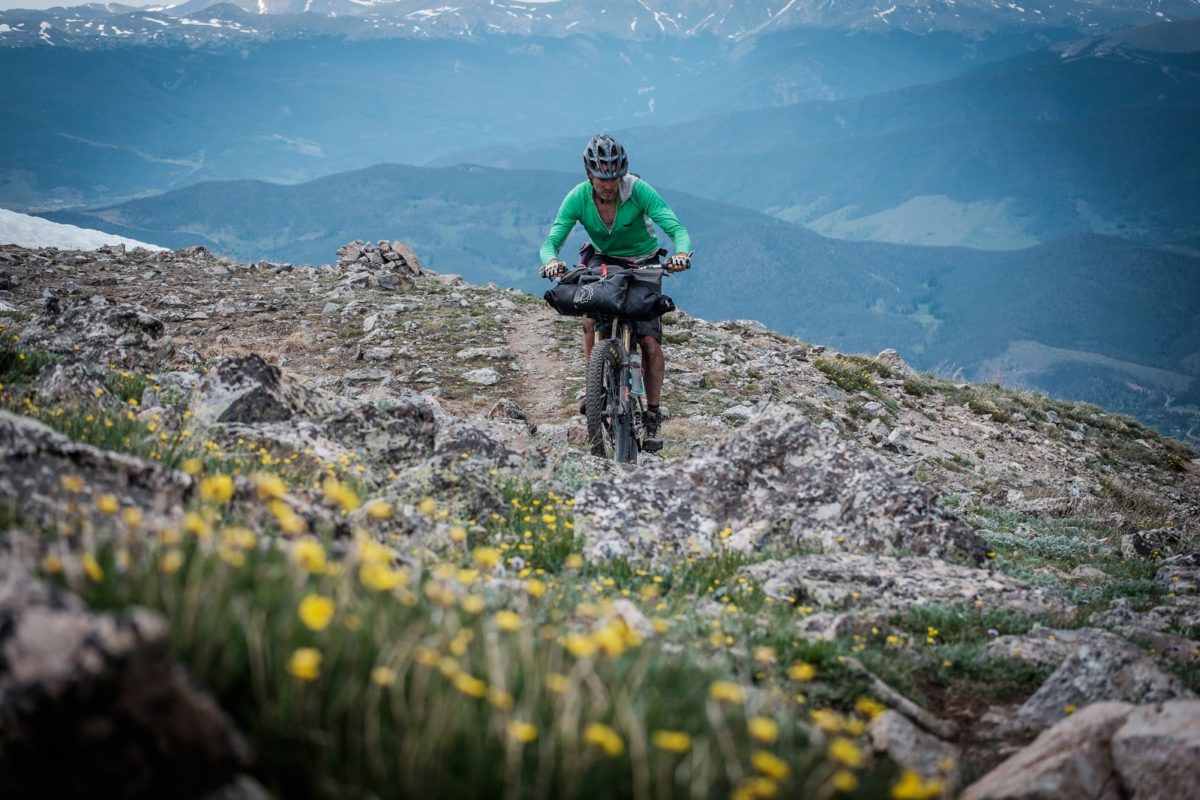
Wrap Up
As someone who usually abides by the KISS principle when it comes to bikepacking – Keep It Simple Stupid – riding Niner’s SIR 9 was something of a revelation. Without a doubt, it increased my enjoyment of the Colorado Trail, encouraging me to savour its technical descents to the very max. A capable climber, it also helped ease my way skyward when it came to chipping away at those long and winding Coloradan climbs. Combined with a relatively light bikepacking setup, I certainly appreciated its lean build, making my toils more forgiving during the route’s infamous hike-a-bikes.
While the ‘4 star’ build I tested is no doubt an envy-inducing option for trail riding, I prefer a more affordable component choice for the rigours of bikepacking – personally, I’d forgo the excessively expensive XO1 Eagle drivetrain. The good news is that since the bike’s launch – and my testing period – the SIR 9’s 2 and 3-star builds have been updated. At $3,200 and $3,950 respectively, these models now favour SRAM’s more affordable Eagle GX drivetrain, which strikes me as a better fit for a non-race steed. Given the bike’s obvious appeal to bikepackers and my own propensity for remote routes, I’d love to see one of the standard builds include Niner’s eccentric bottom bracket, for the convenience of running an easily sourced and fitted threaded bottom bracket.
As for long distance riding, I finished the Colorado Trail with no backache and feeling in good physical shape, despite the unrelenting challenges of the route. I certainly owe some of this to the SIR’s compliant frame, its 27.5+ tires, a generous headtube length, and its roomy framebag space; the latter helped dictate my choice not to wear a backpack.
All in all, there’s very little to fault in this latest iteration of the SIR 9. Ultimately, this is a bike that has opened introduced me to a faster, more enjoyable, and more comfortable way of tackling a testing route like the Colorado Trail, while still retaining the looks and feel of a classic steel hardtail. And it’s not just a great bikepacking bike. Unladen, the SIR 9 proved super fun to blast round my local trails, whether fast and flowy, or steep and technical.
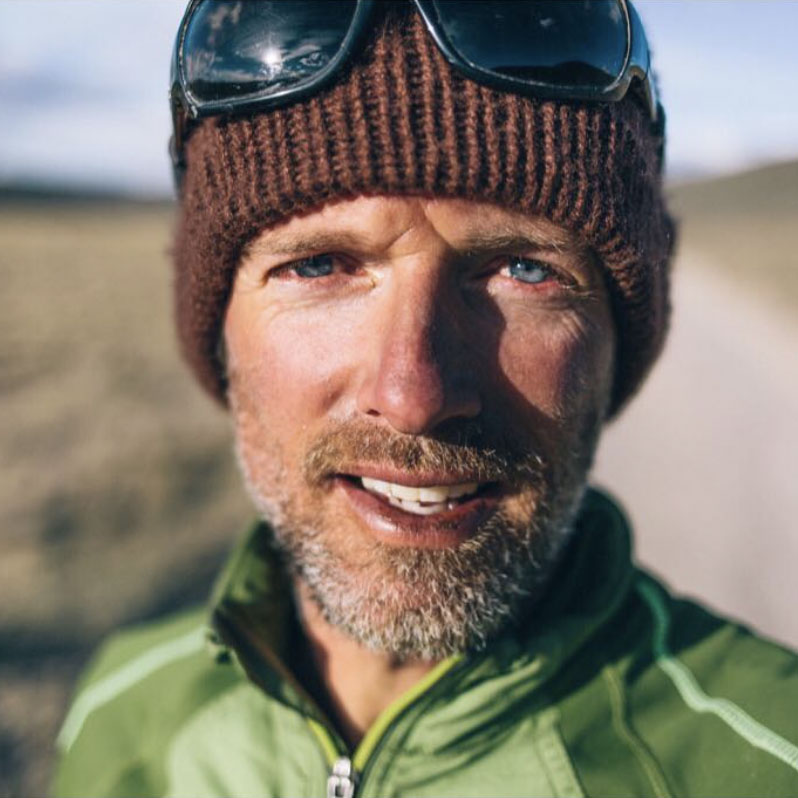
Rider Profile
I’ve been embarking regularly on two-wheeled explorations for the last 18 years. Most recently, I connected the length of the Americas via the road less traveled, explored Mongolia on a fat bike, and helped create the Trans Ecuador Mountain Bike Route. Given my love for mountain biking and backcountry touring, my ideal journey fuses the two, keeping to quiet dirt roads and singletrack where possible.
- Height: 6’1” (1.85 M)
- Weight: 165 lbs (74.8 KG)
- Inseam: 35” (89 CM)
- Current Location: Santa Fe, NM
- Favorite Route: Peru Divide
- Favorite Local Trail: Discount/Jawbone
With thanks to Michael Dammer for additional actions shots from the Colorado Trail.
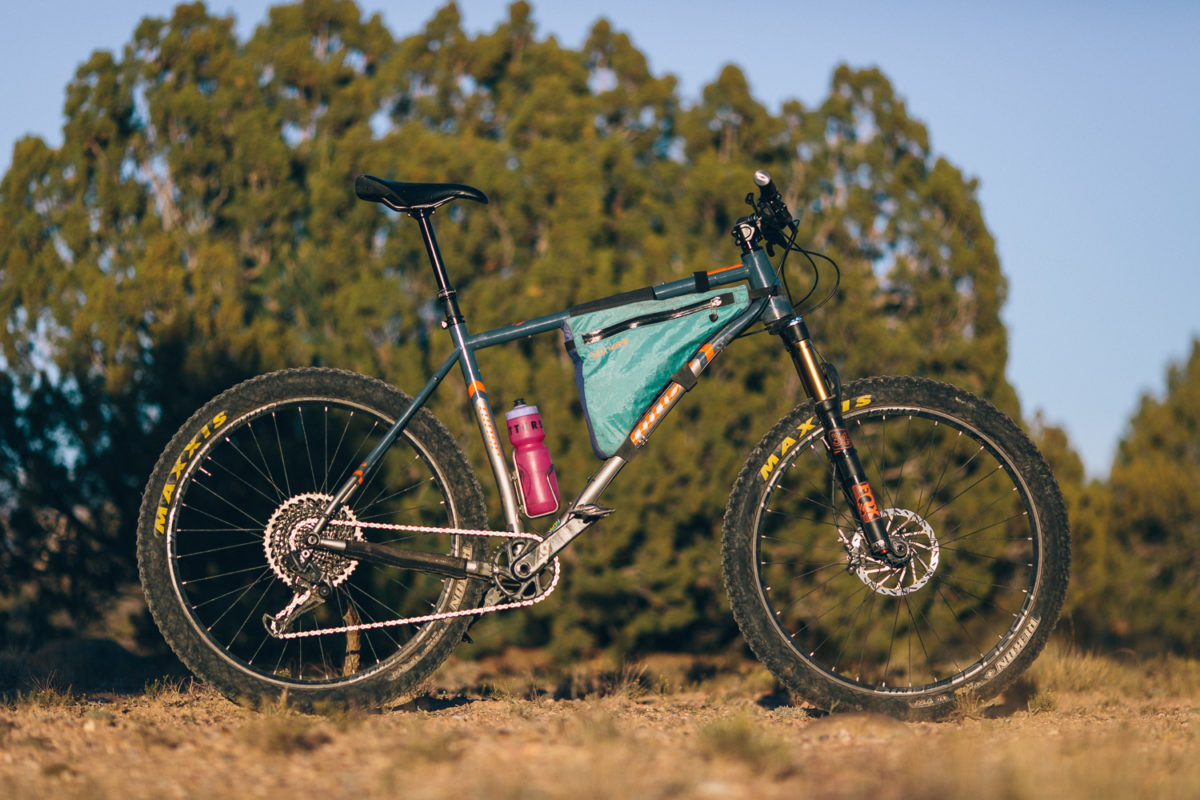
FILED IN (CATEGORIES & TAGS)
Bikepacking Bikes
Rigid & Plus Bike Reviews
27-5 niner-bikes steel-hardtailsPlease keep the conversation civil, constructive, and inclusive, or your comment will be removed.






